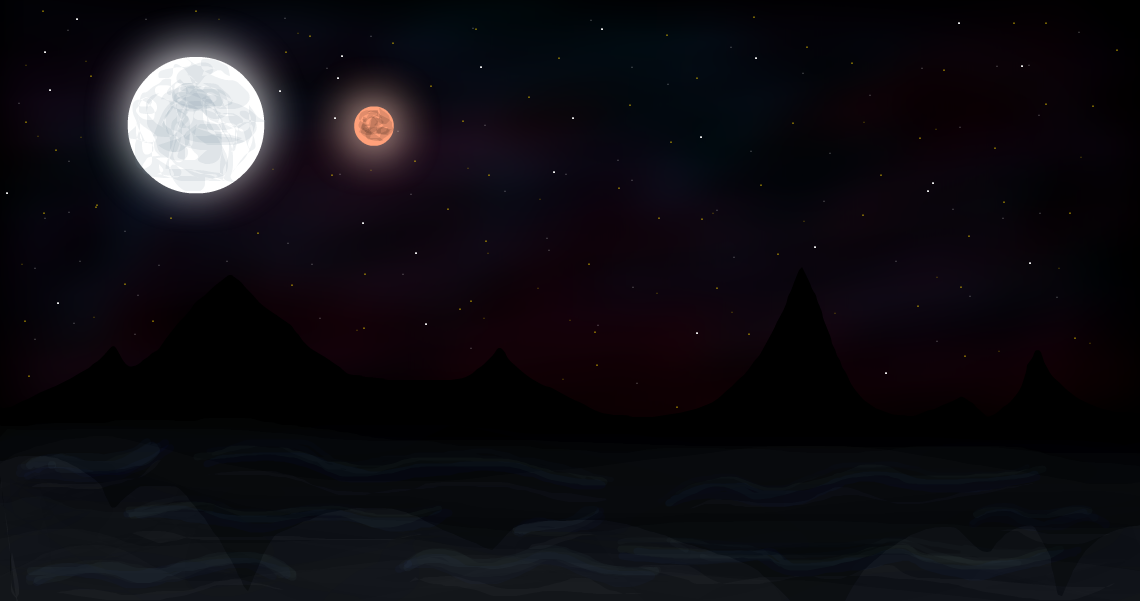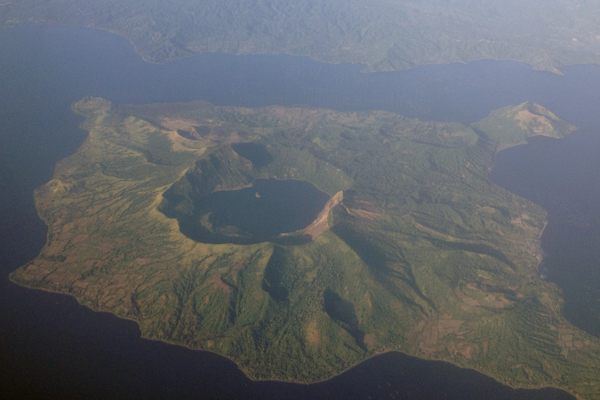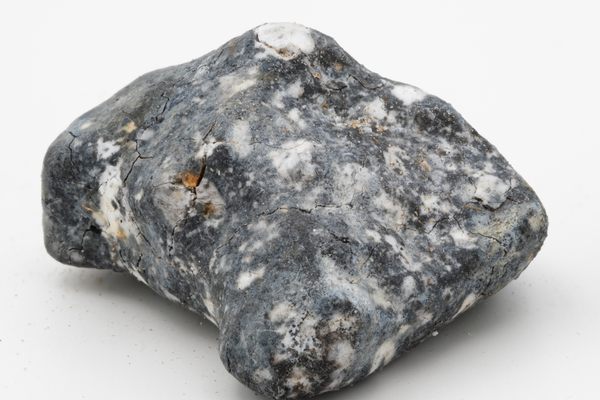What Do You Call a Moon’s Moon?
The inexplicable delight of moon-moons, sub-islands, and other recursive places.

Two astronomers have asked a question for the ages: Can moons have moons?
The delightful, if theoretical, answer is: Yes—yes, they can.
As Gizmodo reports, this particular scientific inquiry began with a question from Juna Kollmeier’s son. Kollemeier, who works at the Observatories of the Carnegie Institution of Washington, recruited Sean Raymond, of the University of Bordeaux, to help her answer the question.
In a paper posted on arXiv, they lay out their case that moons can have moons. The conditions have to be right—the primary moon has to be big enough and far away enough from the planet it’s orbiting for the smaller, secondary moon to survive. But, even given these caveats, they found that moons in our very own solar system could theoretically have their own smaller moons. Two of Saturn’s moons and one of Jupiter’s are candidates. So is our favorite moon—the Earth’s moon.
There’s a serious scientific reason to investigate the presence or absence of moon’s moons: As Kollmeier and Raymond write, it can help give us clues about how planets and their moons were formed. But, all justification aside, there’s something inexplicably pleasing about what Atlas Obscura has taken to calling “recursive places.”
Our favorites of these may be islands within islands, such as the sub-sub-sub-island on Victoria Island, or Vulcan Point, which is an “island in the middle of a lake, in the middle of a volcano, in the middle of a bigger lake, in the middle of a bigger island.” There are also countries-within-countries, such as many of the world’s micronations or Dahala Khagrabari, “a piece of India inside a piece of Bangladesh inside a piece of India inside a piece of Bangladesh.” Or how about a volcano in a volcano? There’s also something truly mind-boggling about bodies of water within other bodies of water. (What? How?) But they exist: Here’s a lake under a sea, an underwater river, or a sea surrounded by… more sea.
One of the great challenges of talking about recursive places is deciding what call them. The prefix “sub-” can do a lot of work here: We can islands within islands “subislands,” and in the arXiv paper, Kollmeier and Raymond call a moon’s moon a “submoon.”
But there are other options. New Scientist notes that “moonmoon” has been put forth as a name for a moon’s moon. For those of us who are less than fluent in meme culture: This is a reference to Moon Moon, sometimes described as the internet’s derpiest wolf. Moon Moon was born in 2013, from a werewolf name generator, and soon started frolicking across Tumblr and all other places memes can be found.
So, a moon’s moon might be called a submoon or a moon-moon. But why let it stop there? Other suggestions include mini-moon, second-order moon, binary moons, and nested moons. Atlas staffers’ contributions: Meta-moon? Moon squared? Moon2?
And is there a way to standardize how we talk about recursive places in general? Because if a moon’s moon is a moon-moon, shouldn’t an island in an island be an island-island? And a volcano in a volcano be a volcano-volcano? Personally, I am fan of adopting either the sub- convention or the meta- convention—submoons, subislands, subvolcanoes or metamoons, metaislands, metavolcanoes.
But as in all things linguistic, the majority will rule: Whatever the most people decide to call these fascinating places, that’s what will stick.













Follow us on Twitter to get the latest on the world's hidden wonders.
Like us on Facebook to get the latest on the world's hidden wonders.
Follow us on Twitter Like us on Facebook